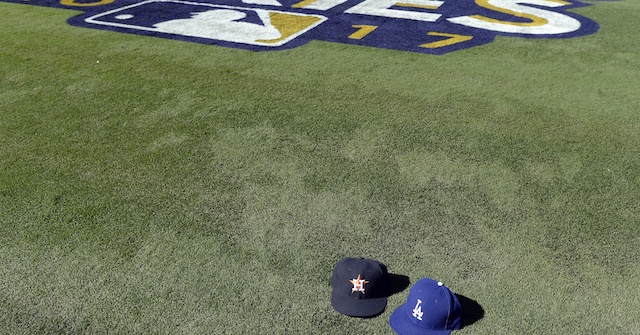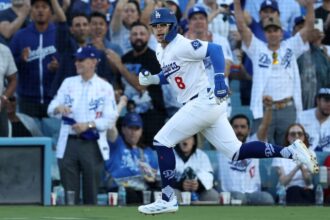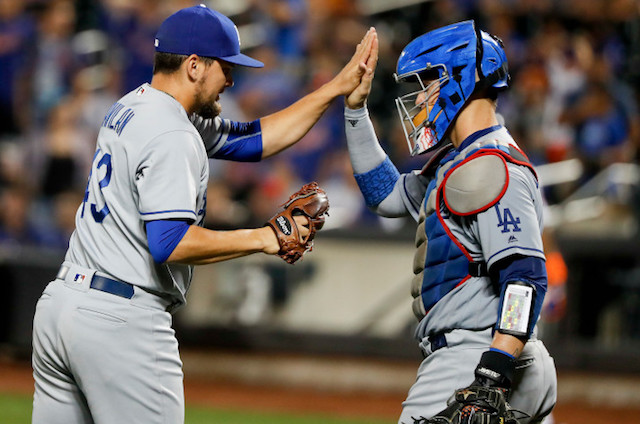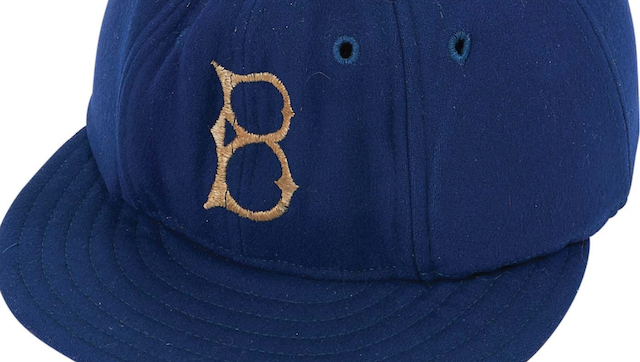Sports Illustrated predicted in 2014 that the Houston Astros would win the 2017 World Series, and in August of this season, the publication wondered if the Los Angeles Dodgers were the best team ever.
Houston Astros and Los Angeles each spent the better part of the 2017 season atop the standings in their respective leagues, which makes their matchup in the World Series all the more fitting. Both teams feature depth, strong frontline pitching, and a young core of players.
Game 1 starter Dallas Keuchel said in his estimation the Fall Classic is further indication the Astros and Dodgers resided as the two best teams in baseball.
It’s only the eighth time in MLB history two teams that won at least 100 games during the regular season are meeting in the World Series, and it’s the first such instance since 1970 when the Baltimore Orioles defeated the Cincinnati Reds.
In an exclusive interview with DodgerBlue.com, Joe Sheehan, a founding member of Baseball Prospectus, touched on key topics for the Fall Classic.
1. How do the young cores on the Dodgers’ and Astros’ rosters compare? Which group would you say has the edge or more upside?
Boy, that’s a tough one. The Astros went out and made themselves older with the acquisitions of Brian McCann, Josh Reddick, and Carlos Beltran, and I’m not sure 27-year-olds Jose Altuve and George Springer get to be called “young” in baseball terms.
Even then, you have Carlos Correa, Alex Bregman, and ALCS hero Lance McCullers, all 23 and younger.
The Dodgers counter with Corey Seager and Cody Bellinger, in all likelihood back-to-back NL Rookies of the Year, but with Julio Urias’ injury, don’t have that live arm to match McCullers. As with the Astros, we can debate whether Yasiel Puig, Alex Wood, and Chris Taylor, all 26, should be included here.
With Seager’s back and elbow injuries, and the possibility that early-season McCullers is back, the Astros’ young core likely rates an edge in this series, even if you extend it to include both teams’ slightly-older players.
Beyond this season, I might take the Astros’ group as well, largely based on Correa being the single best player in the group. A thumb injury is all that separated him from the AL MVP Award this year. Both teams can look at the age of their best players and expect to be right back here in future seasons.
2. How much of an impact will not having a designated hitter for games played at Dodger Stadium have on the Astros lineup?
Neither Beltran nor Evan Gattis, the team’s two DHs, is a key part of the offense. Both players generally bat in the lower third of the order, neither getting on base much or running well. Beltran may well be done; Gattis has some pop (.480 career slugging percentage; .457 this year), and he hit a homer to start the scoring in ALCS Game 7.
I mean, you’d rather have them than Dallas Keuchel and Justin Verlander, but it’s not a key loss.
The biggest factor may come in giving Astros manager A.J. Hinch a critical decision in the middle innings, whether to hit for one of his two aces in a big spot, or leave them in.
We’ve seen a lot of managers, Dave Roberts among them, give up a key at-bat only to get another out or two from the starter. How Hinch navigates this spot will be important.
3. Considering the Dodgers’ starting pitchers are predominantly left-handed, does it give an edge to either team?
The Astros had no team platoon split to speak of, and seven of their starters play both ways all the time. Sometimes it’s all eight, as Hinch will often choose Josh Reddick’s defense over Cameron Maybin’s right-handed bat.
Clayton Kershaw, Rich Hill, and Alex Wood are all effective against right-handed batters. This looks like a wash.
On the margins, if Reddick plays, a bottom of the order that includes Reddick, McCann, and a pitcher isn’t terribly threatening to those three lefty starters. That would put more pressure on the top of the Astros’ lineup.
4. What’s the biggest challenge each team is facing in the World Series?
For the Dodgers, it’s the sudden appearance of top-end starting pitching in their way. They’ve navigated the NL postseason facing very little in the way of shutdown starters. They got Robbie Ray on short rest, and a Cubs’ rotation that was more famous than effective this year.
Only Zack Greinke stands out in their first eight playoff games. The Dodgers’ patient approach at the plate worked in part because they weren’t facing great starters. Now, they get Keuchel and Verlander four times in six games.
Keuchel’s walk rate has ticked up the past few years just as the bottom of the strike zone has, but he’s still a machine, throwing two-seamers at and below the knees all day long. The battle between his consistent approach and the Dodgers’ patience is a fascinating Game 1 plotline — with the X-factor of Phil Cuzzi between the two sides.
Verlander, the Astros’ Game 2 starter, is one of the few pitchers in baseball who can throw fastballs in the zone for swinging strikes. The Dodgers haven’t seen anything this October like what they’re about to see.
For the Astros, it’s probably what happens any time one of those two guys isn’t on the mound. They had a strong bullpen, actually have had one for two years, but when Hinch’s core relievers pitched poorly in the ALDS and ALCS, he went off the board.
Hinch used four starters and one inning of his closer in the last two games of the ALCS. At some point, he’s going to have to put some faith in Will Harris and Chris Devenski, and not just pull them after one baserunner.
How Hinch manages his relievers — or whether he just skips over them in favor of his back-end starters — is maybe the most critical subplot in this series.
Joe Sheehan is the publisher of the Joe Sheehan Baseball Newsletter, in its eighth year of bringing smart, fun baseball writing to thousands of fans. Joe was a founding member of Baseball Prospectus, and contributes to Sports Illustrated and The Athletic. Follow him on Twitter.








